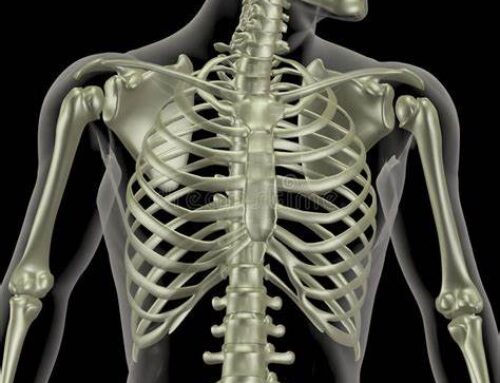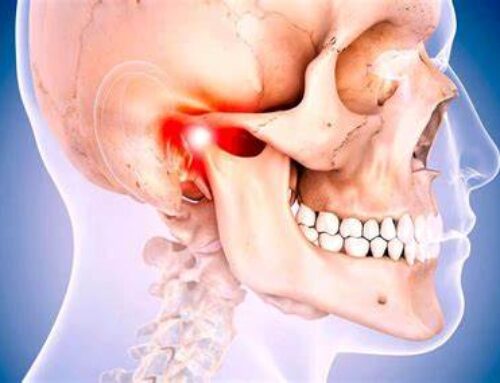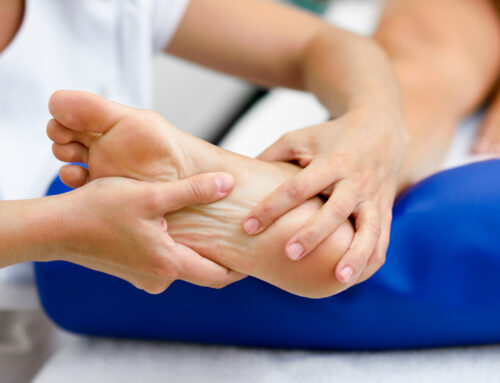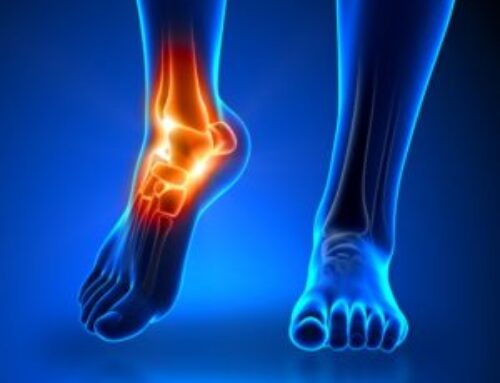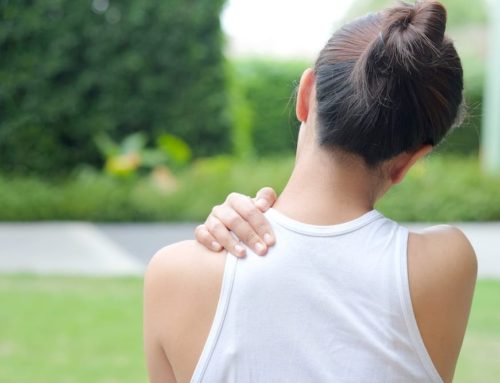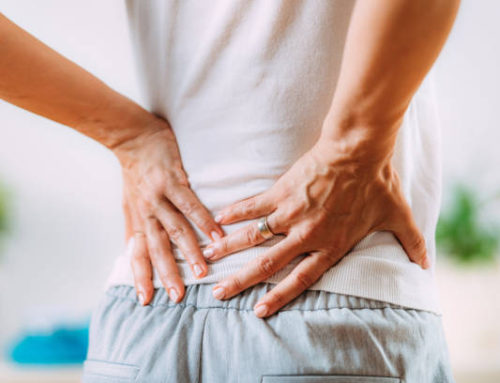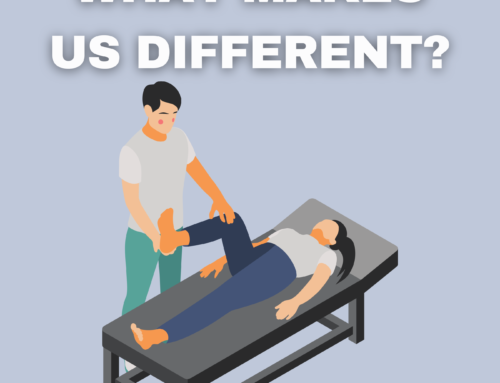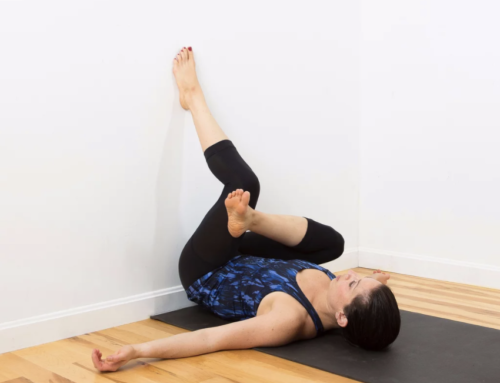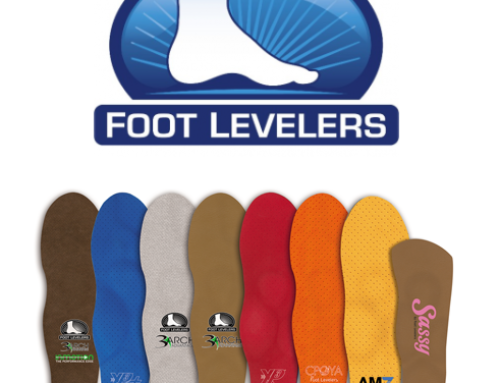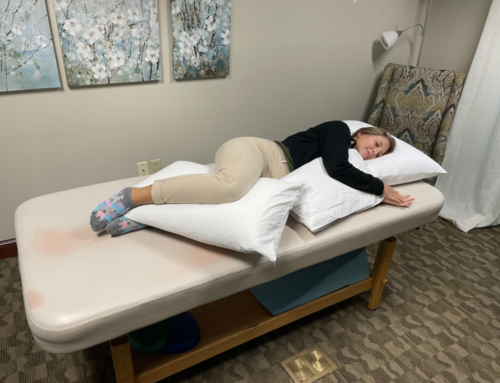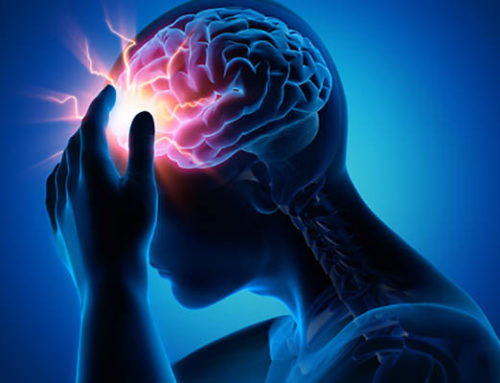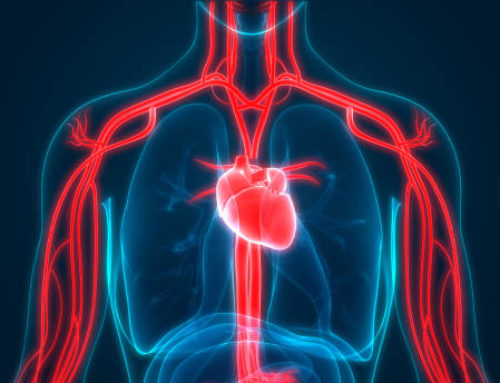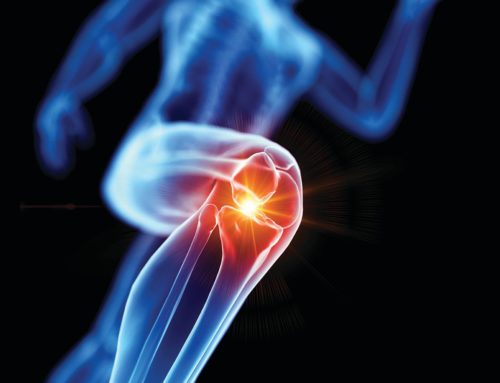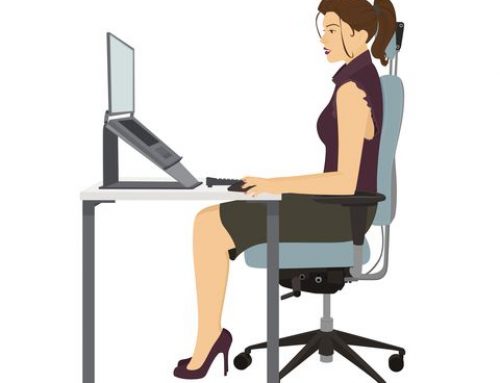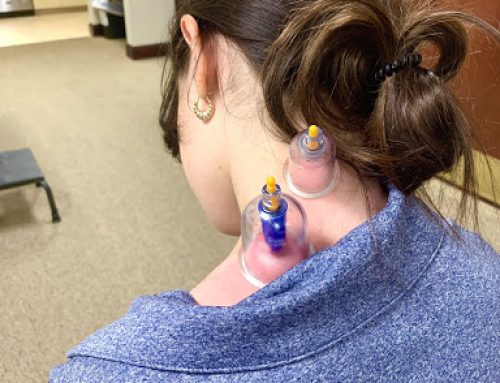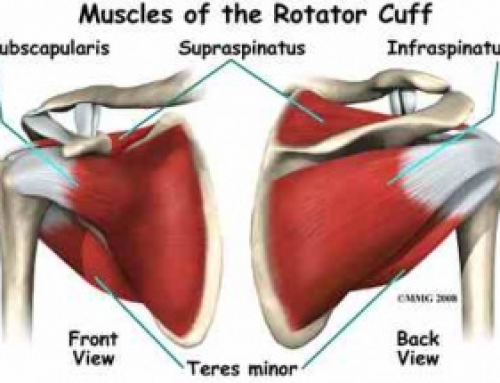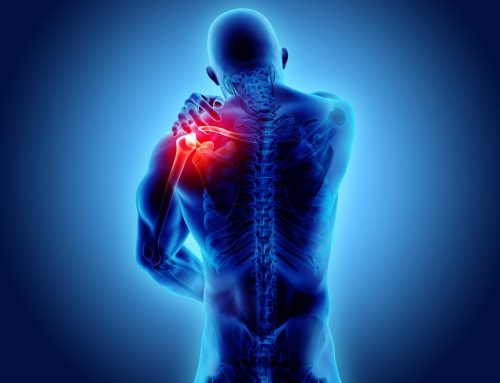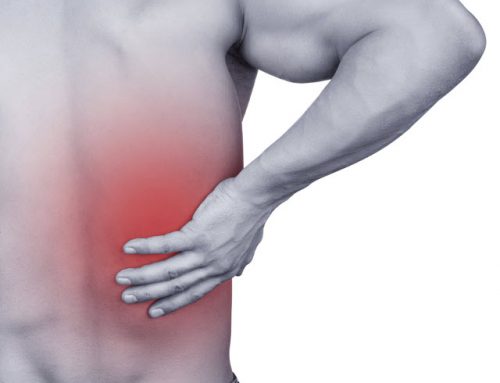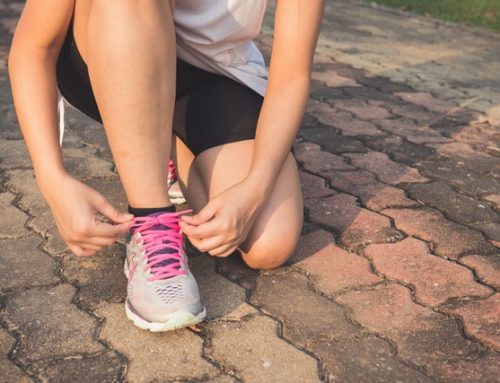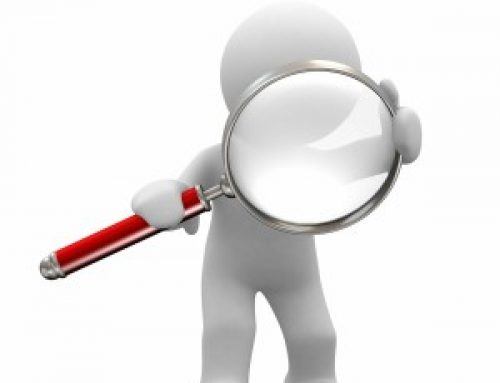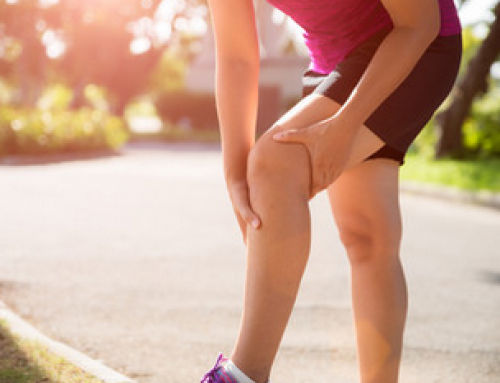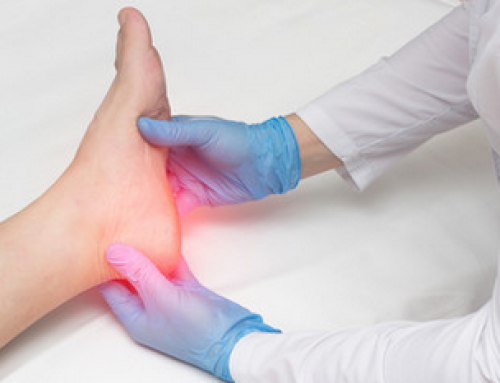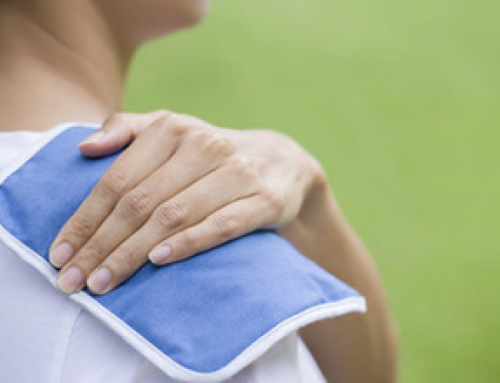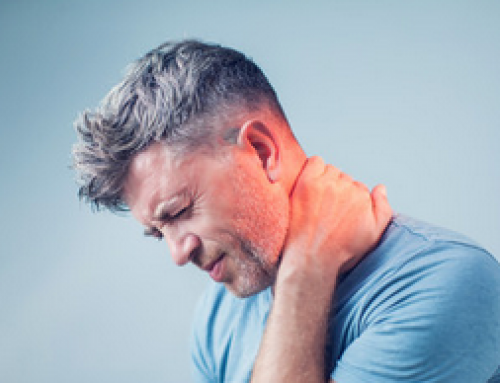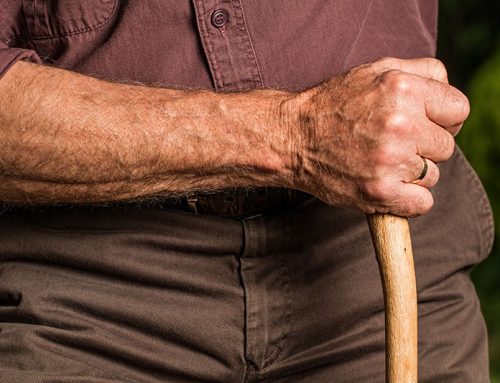Greater trochanteric bursitis (GTB) is one of the most common causes of hip pain. This condition can affect both active and inactive individuals, but is most common in moderately active, middle-aged females or those who have recently increased their activity level. Symptoms can present as inability to lie on the involved side, walk, climb stairs, squat, or participated in recreational activities. To treat hip bursitis, physical therapists typically prescribe a combination of stretching and strengthening activities to decrease irritation in the hip and resolve the pain.
What is greater trochanteric bursitis? GTB is an irritation of the bursa, a fluid-filled sac that sits on top of the greater trochanter, a bony prominence on the outside of the hip bone (femur), the most outside aspect of the hip. The bursa acts as a cushion to decrease friction between the outside of the hip bone and muscles attaching to the bone. This leads to inflammation of the hip bursa. GTB occurs due to repetitive friction to the bursa due to a combination of muscular weakness and tightness that causes increased friction on the outside of the hip.
GTB may result from a combination of several different variables, including:
- Iliotibial (IT) band tightness
- Hip muscle tightness
- Hip muscle weakness
- Abnormal pelvic, hip, knee, or ankle structure
- Abnormal pelvic, hip, knee, or ankle mechanics
- Improper technique with repetitive activities
- Change in an exercise routine or sport activity
Most commonly found as the culprit to GTB is glute medius weakness and/or pelvic obliquity. When addressed early enough, this condition can be easily corrected with simple strengthening and stretching exercises in addition to neuromuscular re-education to retrain proper body mechanics. Call John Goetze Physical Therapy today to schedule an evaluation with a quality manual therapist!




